The Beautiful Province of Batanes - Home of the Winds

Overview
Batanes is one of the beautiful provinces found in the Philippines. It is also known as the “Home of the Winds”. Batanes is the northernmost and the smallest province in the country. It encompasses ten chief islands and three of it are occupied. Basco is the capital of Batanes.
Batanes is home to the Ivatans who are much admired as the “True Insulares”. Ivatan Tribe is the first settler in this province. They came from Formosa which is known as Taiwan today. They have kept the purity of their culture and traditions through the years.
Batanes is also popular for dried fish, the main product of the province. Handicrafts such as native hats and fans are products of export quality. Sugarcane or “Palek” are widely sold in the islands.
The strong winds blowing along the costline and the historic marks that can be found in the province are the reasons why the area is visited by tourists.
Climate
The climate of Batanes is cool and windy. The area has a semi-temperate type of weather due to its location.
People
People in Batanes are called Ivatan and they share cultural and linguistic similarity with Taiwanese. Spanish ancestry also runs in their blood. The Ivatan dialect is different from any other in the Philippines.


History
Centuries before the Spanish colonization, the ancestors of today's Ivatans lived in protected settlements called Idjangs, which were usually in defensive positions on top of steep hills. The word "Idjang" was derived from the Ivatan word "Idi" or "Idian" which means home or hometown. The Ivatan tribes are farmers, fishermen, and boat-makers.
In 1685 Dominican missionaries arrived and attempted to Christianize the Ivatans but the efforts were abandoned with the death of two resident missionaries. In 1718, missionaries made another attempt to bring the people of Batanes under the Cross. Missions directed from the island of Calayan in the Babuyan Group of Islands were sent to Batanes to urge the residents to resettle in Babuyan.
In 1782, Philippine Governor General Jose Basco Vargas explored the area in search of tobacco-growing regions and later sent an expedition to undertake the formalities of getting the consent of the Ivatans to become subjects of the King of Spain. On June 26, 1783, Joseph Huelva Melgarjo became the first Governor of Batanes. The new province was named Provincia dela Concepcion. Governor Basco was named “Conde dela Conquista de Batanes” and the capital town was named after him.
Batanes was made a part of Cagayan towards the end of the Spanish era. However, during the American regime, it became a separate political unit again. During the Pacific War, Batanes, because of its geographical location, was among the first areas of the Philippines to be occupied by Japan.
Some of the Tourist Destinations
Natural Attractions
- SABTANG ISLAND is a pristine island that can be found in the province of Batanes. It features several natural attractions like beaches, steep mountains and deep canyons.
- ITBAYAT ISLAND is situated at the north of Batan Island. Many people says that the island is shaped like a huge bowl.
- BATAN ISLAND is the most occupied island in the province. It covers 4 municipalities – Basco, Ivana, Uyugan and Mahatao. Basco is the center of commerce and the seat of the local government.
- MOUNT IRAYA is an inactive volcano in Batanes. It has an elevation of 1,517 meters. According to the record, the last eruption of the volcano was in 505 AD. Mountaineering, trekking and trailblazing are recommended sports activities that can be done on the mountain.
- YAMI/AMIANAN is also called as Orchid Island. Tatus or coconut crabs are flourishing in the place. It is also rich in marine life.
- DI-ATAY BEACH is a stunning and amazing bay with multi-colored rocks and white sand. The area of the beach is perfect for picnics and beach combing.
- CHAWA CAVE is an enchanted cave with a natural salt bed. The mouth of the cave faces the South China Sea. The area is ideal for adventure seekers who love spelunking.
- MT. MATAREM is an extinct volcano with an elevation of 495 meters.
Man-made Attractions
- RADAR TUKON is a United States climate station located on a top of a hill. It showcases the wonderful 360-degree view of Batan Island, the South China Sea, Mt. Iraya, Basco proper, boulder lined cliffs, and the Pacific Ocean.
- RUINS OF SONGSONG is a ghost barangay, a cluster of roofless shells of old stone houses abandoned after a tidal wave that hit the island of Batan in the '50s. It has a long stretch of beach. The ruins are 23 kilometers from Basco.
- SAN JOSE CHURCH is situated in Ivana. It was established in 1814. It has a crenellated fortress-like campanile.
- KANYUYAN BEACH & PORT is located along the Baluarte Bay in Basco. It is the seaport of cargo ships exporting products from Manila.
- SAN CARLOS BORROMEO CHURCH and a convent in Mahatao Town is six kilometers from Basco. It was finished in 1789 and has kept its centuries-old styles.
Gallery:
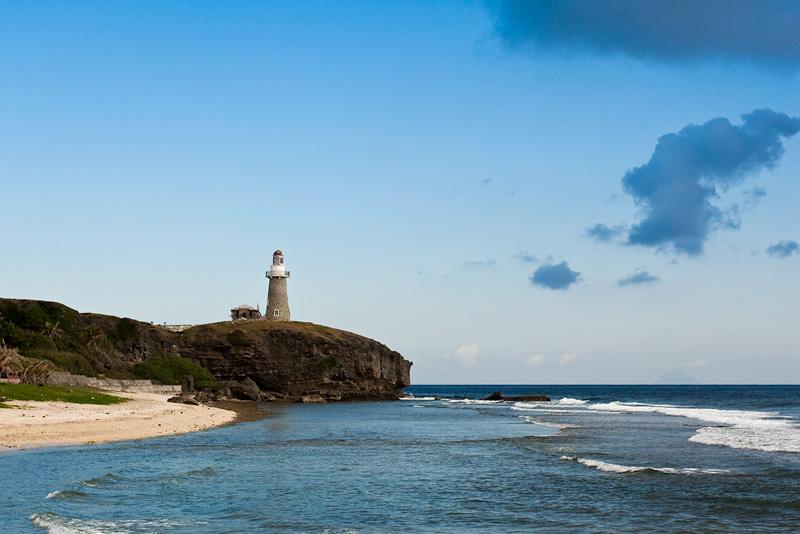
Sabtang Island
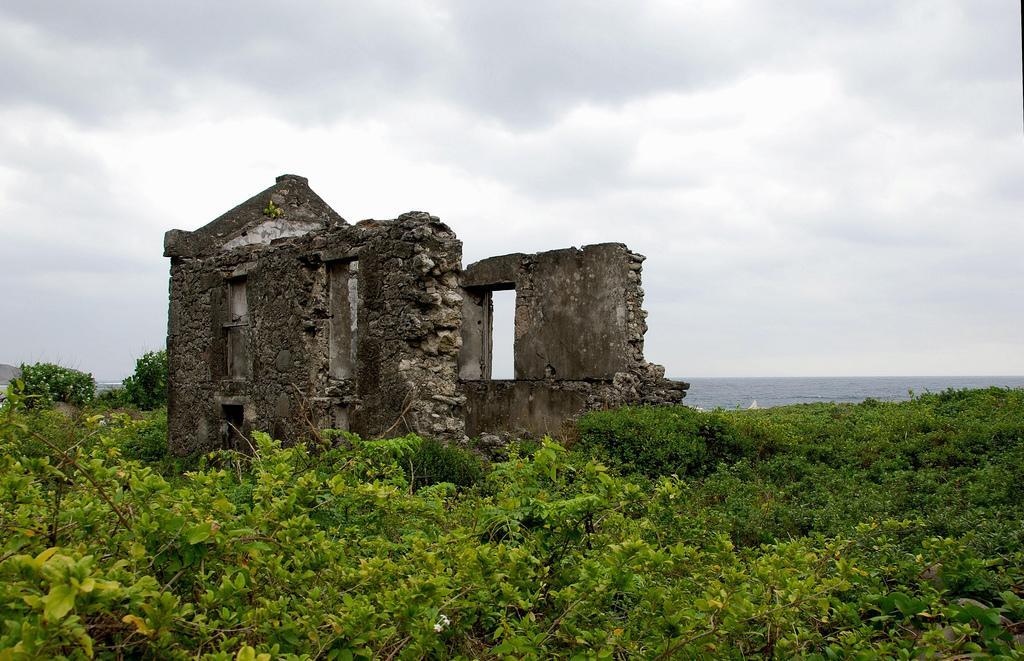
Ruins of Songsong
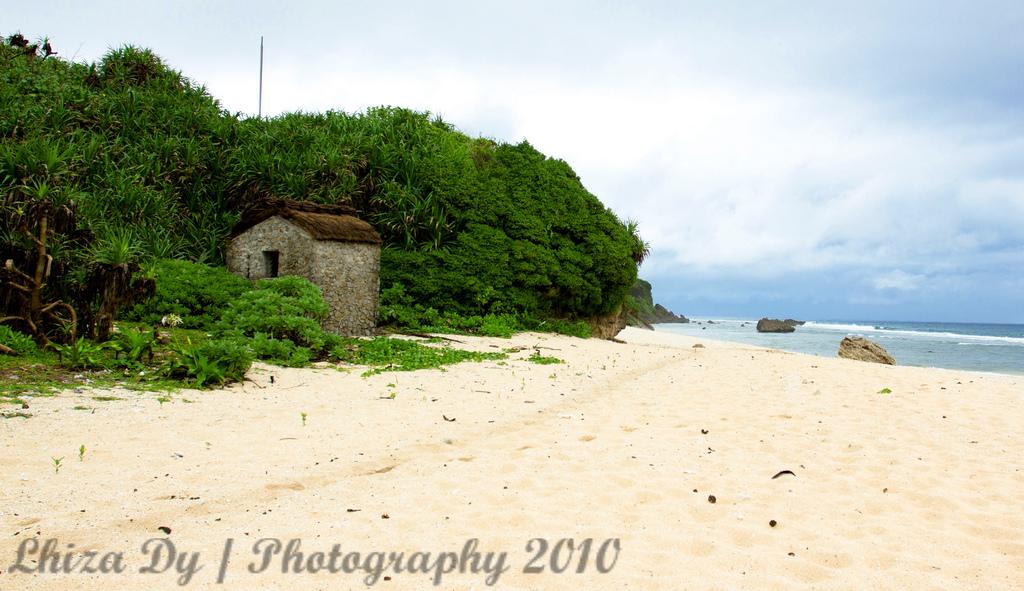
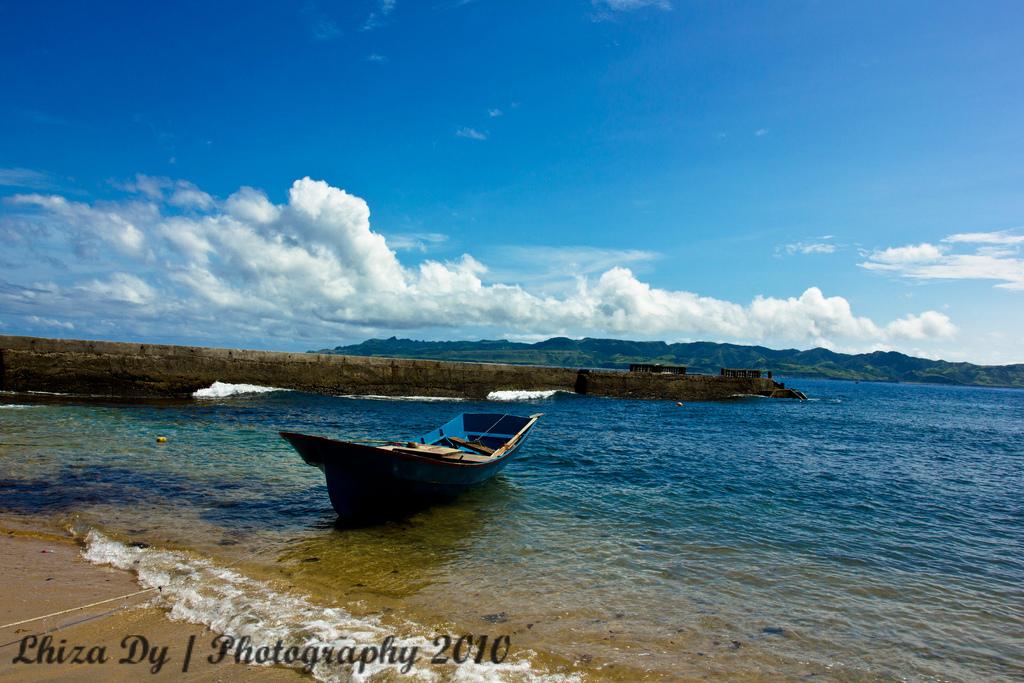
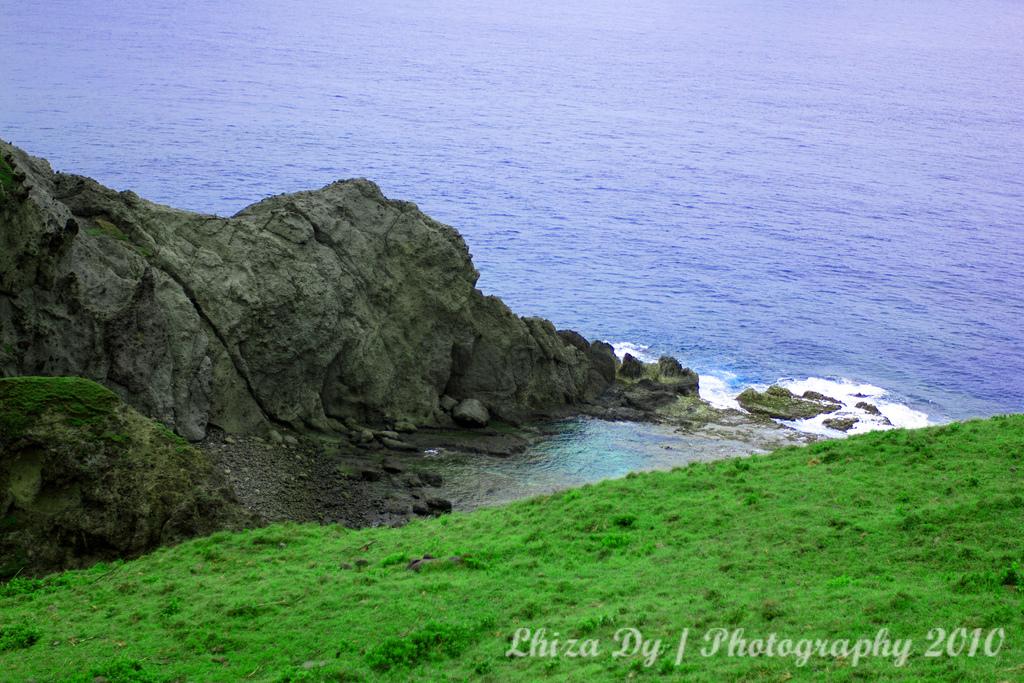
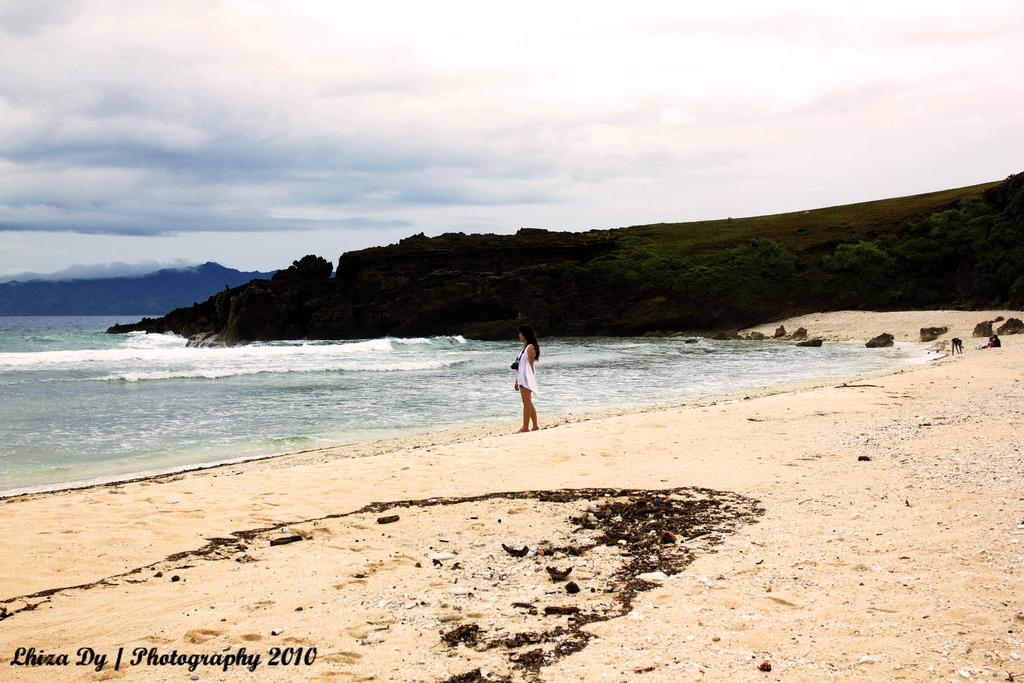
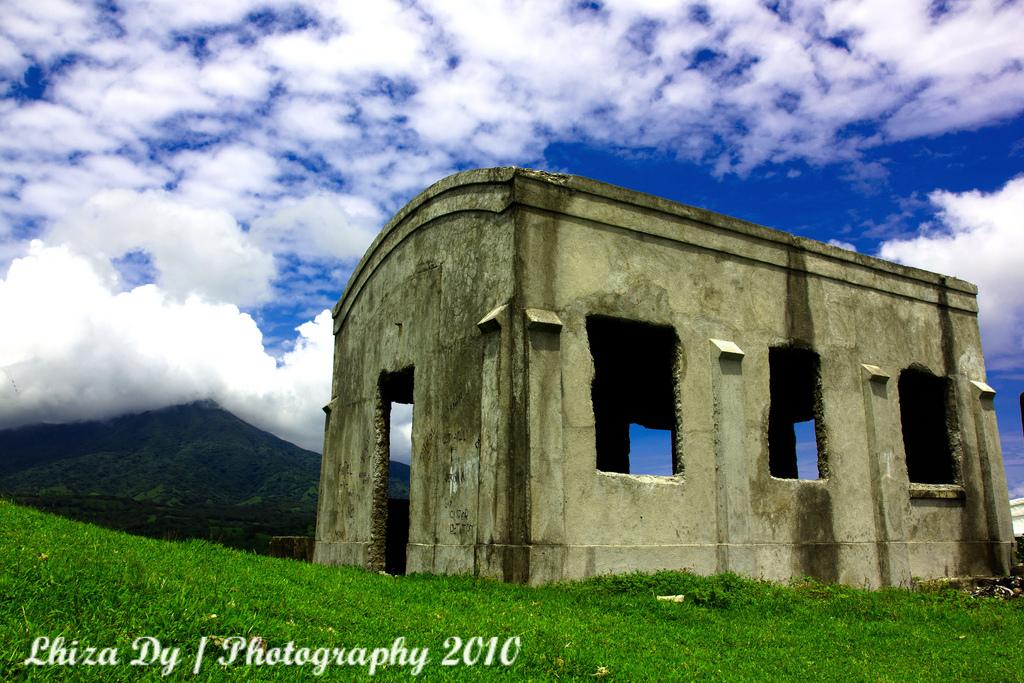
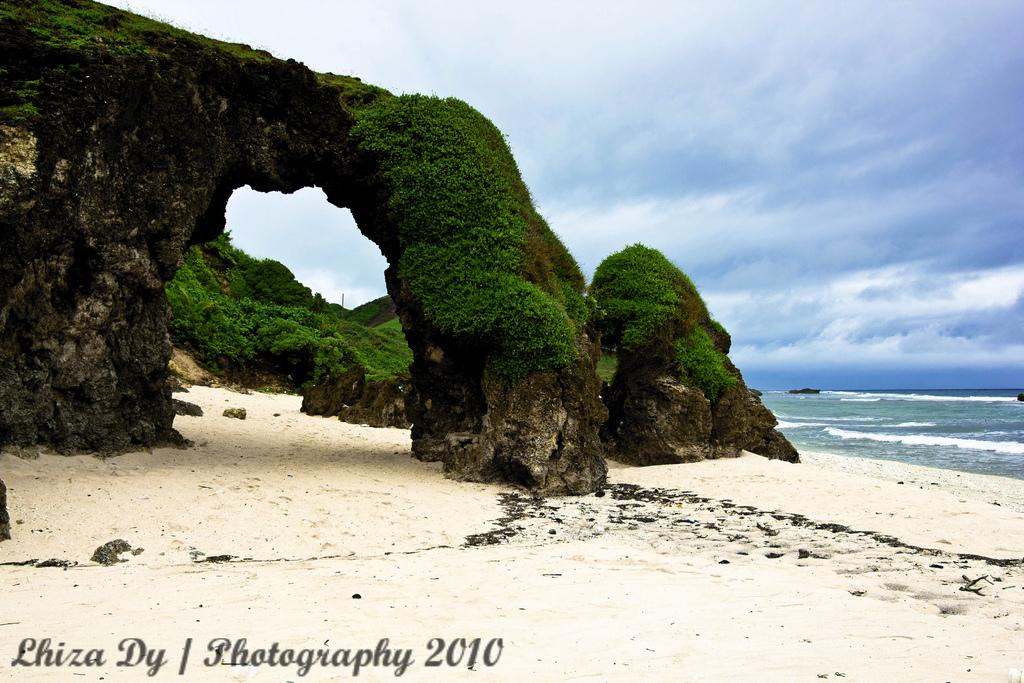
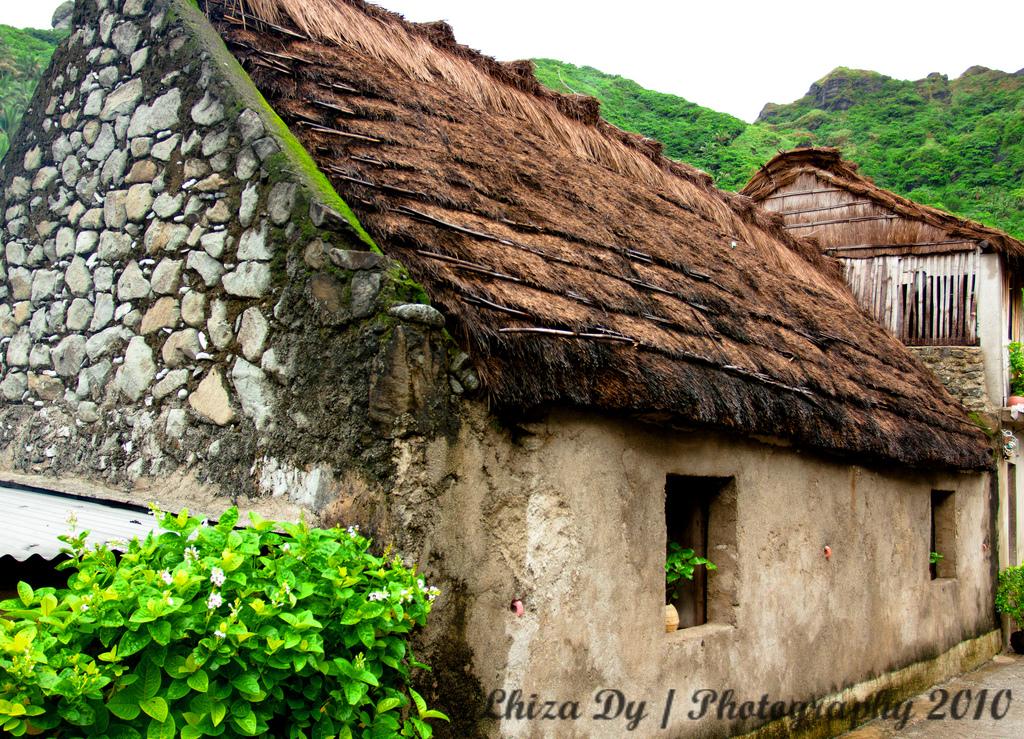
How to Get There
By Sea
The Batanes Multipurpose Cooperative now operates the MV Ivatan Princess which runs the Currimao, Ilocos Norte–Basco, Batanes route. It leaves Ilocos Norte at 8pm on Wednesdays and Sundays and arrives in Basco at 4pm the next day. From Basco, it leaves at 3pm on Tuesdays and 10 pm on Fridays. The fare is 1,200 pesos and the travel time is about 18 hours.
By Air
The fastest way to get to Batanes from Manila is by plane. Peak Season is from March-June so be sure to get your tickets months before your scheduled trip to Batanes.
SEAIR flies to Batanes from Manila three times a week using a 19-seater Let 410 with the following schedules: Manila 6am to Laoag City 7:30am, Mondays, 2,000 pesos; Laoag City 8am to Basco 9am or Basco 9:30am to Laoag City 10:30am, Wednesdays, 1,950 pesos; Laoag City 11am to Manila 12:30pm, Fridays, 2,000 pesos. Fare excludes Insurance Fee of 150 pesos and Security Fee of 15 pesos.


